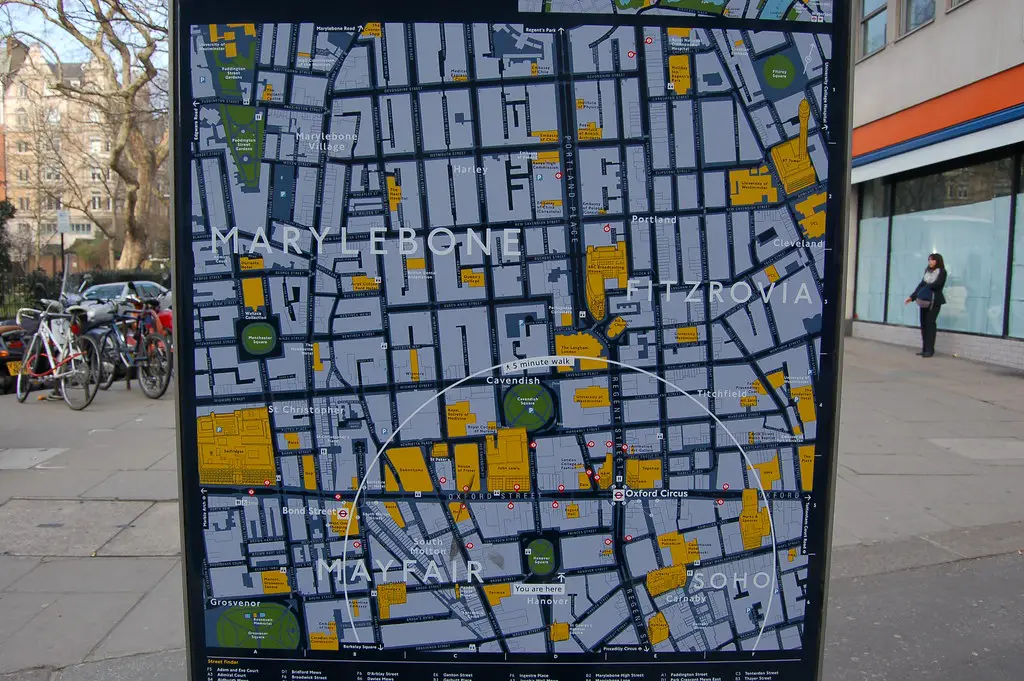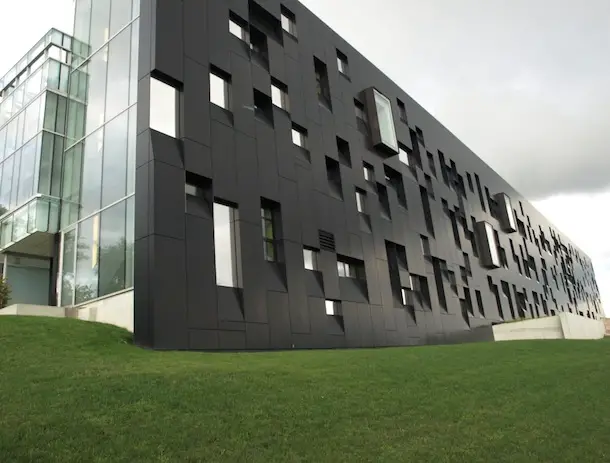For the third edition of the Singapore Biennale, titled ‘Open House’, currently open until 15th May, over 60 artists were invited to create site-specific artworks. Women artists are well represented, as are, naturally, artists from South East Asia. Their thought-provoking ideas on the use of urban and interior space integrate smoothly into the four exhibition areas that the Biennale straddles. Here I will focus on two of them: an old decommissioned airport, and the pedestrian seafront area known as the Merlion park.
The Kallang airport, originally built over reclaimed mangrove swamps in the 1930s, was decommissioned in 1955, and has since then become a gathering space, of sorts, for youth clubs and the People’s Association. This social aspect is reignited once again with its present use as a temporary art gallery. It’s free for all visitors and courtesy buses from the city centre offer easy access.

The airport offers very large spaces, some deco, luminous and airy, some rusty, paint-peeled and full of industrial character. The whole thing is an artists’ party waiting for countdown.
Every building, from the ruined hangars to the renovated control tower, presently contains artworks of all types, including a large children’s work gallery – an educational initiative. Clearly, inclusiveness has been designed into the project, with the exception of the tower, only accessible by stairs, due to the original architecture. Even the pop-up café incorporates the old structural features into its attractive retro interior design.

Next door, a gigantic hangar is home to another home: a freshly made, old-fashioned German barn created by artist duo Elmgreen and Dragset, complete with hay, cart, stuffed goat and lederhosen. The resulting ensemble of cultural melange and resurrected dying spaces (the disused barns and hangars) can be read as a metaphor for the layers of diverse communities and social shelter, from social services to family units, that make up the urban structure. The artists have a trajectory of making commentary on the power of architecture. Here they add thoughts on the isolation of the rural, and the possibility of integration and regeneration.
An artist that actively develops social metamorphosis is Arin Rungjang, from Thailand. His commission ‘Unequal Exchange. No Exchange Can Be Unequal’ appears to be an inviting family living room area. In fact, the homely space, a mix of new and old furniture, transforms itself weekly. Thai migrant workers based in Singapore are offered the opportunity to bring some of their own furniture in return for brand new Ikea pieces.
The process of exchange, moving household objects across residences over the city, swapping old into new and vice versa, generates hybrid interior decoration in the Biennale space we are welcome to use, and in the private homes of the Thai community. Mixing private with public spaces, the question of aesthetic value arises, as quality old-fashioned furniture replaces pristine prefabricated objects. Personal taste as an element of social equality is brought to the table with this exchange of like-for-like.

From the semi-abandoned airport, we move to the bustle of the bay. The Merlion statue, regally on guard at the seafront, has stood as the symbol of Singapore for decades. For the duration of the Biennale, instead of looking up to this 8 metre tall iconic sculpture from the ground, the public can interact face-to-face with it. Japanese artist Tatzu Nishi has encased the Merlion’s head in a makeshift 5-star hotel room.
Visitors queue up daily to enter the suite, in which the Merlion emerges powerfully from the red carpet, towering above the bed, looking out the window to the Marina. This innovative premise turns upside down notions of public sculpture. No longer do we encounter the sculpture casually walking in the park, we must actively go indoors to visit it in an intimate, secluded, ‘private’ space.

Six metres of the Merlion’s body are beneath the floor!
Each night, the hotel is the home of two guests who pay the equivalent of approx. £50 each, a competitive price in Singapore for such luxurious accommodation, and a bargain price for the unrepeatable art experience. General public and paying guests alike have the unique opportunity to see Singapore’s favourite monument in a domestic situation. The monolithic proportions of the Merlion are offered on a human scale, transforming ideas of power, protection and surveillance. The wild beast defender of naval invaders becomes indoors a custodian of the home, a family member with whom one converses as an equal.
Over the city, people encounter artworks whose messages of interactive sheltering, both political and private, signal a transition to a motherly and cohesive approach to urban development. The Singapore Biennale is a thoroughly enjoyable art event in which the variety of spaces is an aesthetic experience in itself. The message of ‘Open House’ is for town planners, artists, architects, and the public collaborate to create spaces where new and old, central and peripheral, intimate and expansive, are built into the diverse and welcoming city fabric.
Cristina Nualart is a European art practitioner currently based in Ho Chi Minh City, where she lectures on visual culture and creativity in the Centre for Communication and Design at RMIT University Vietnam.


